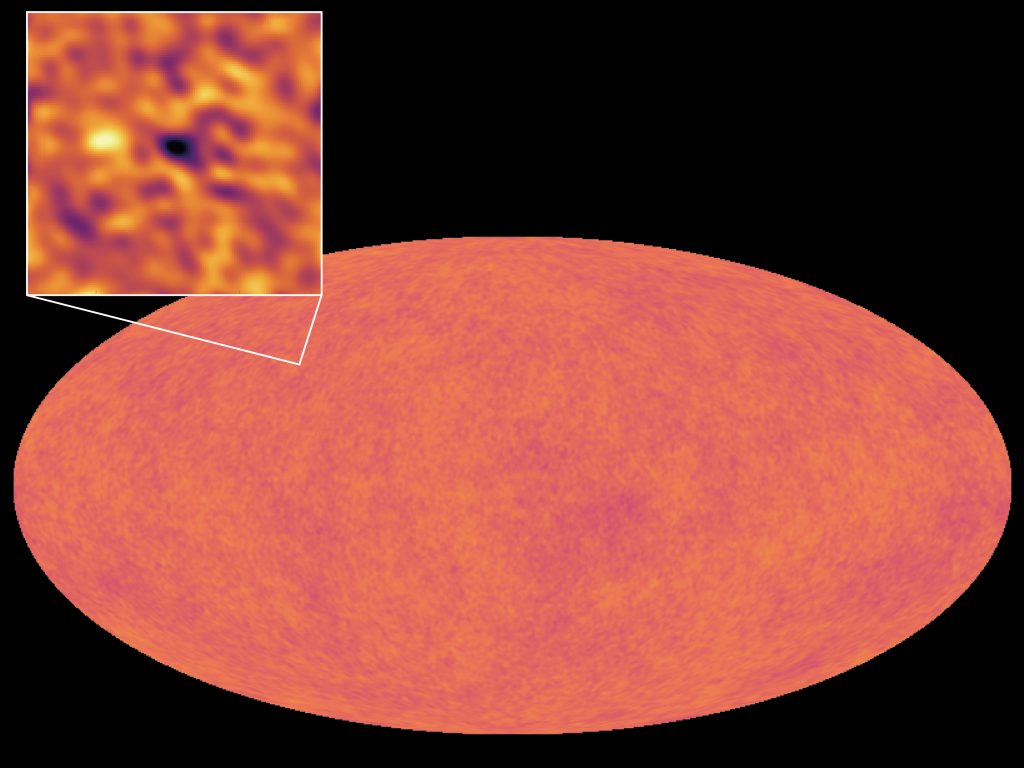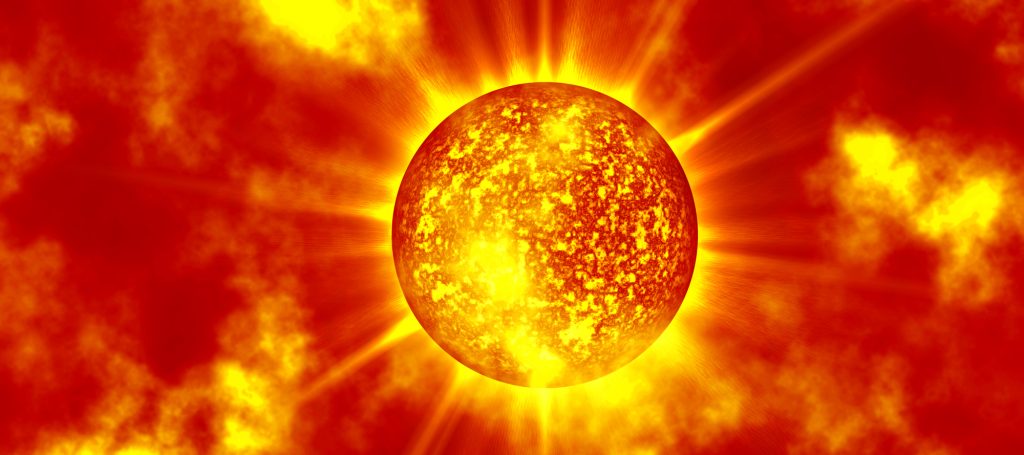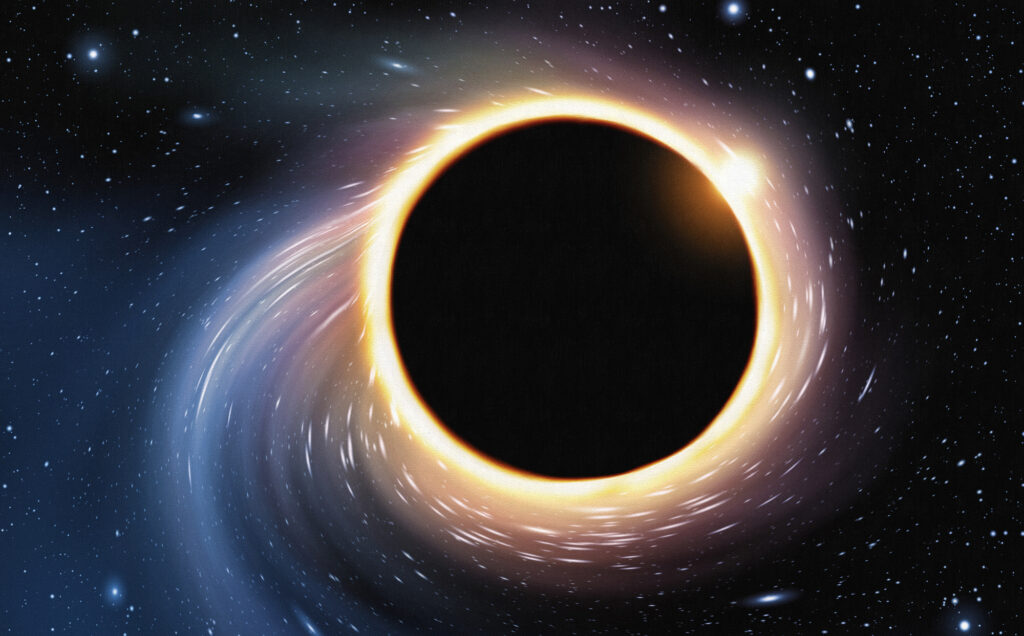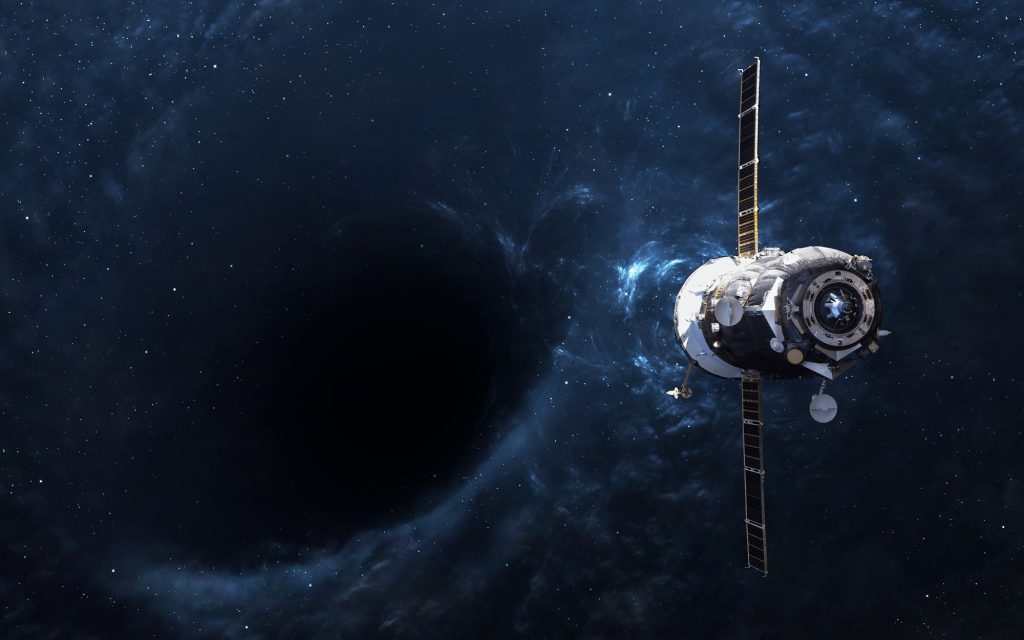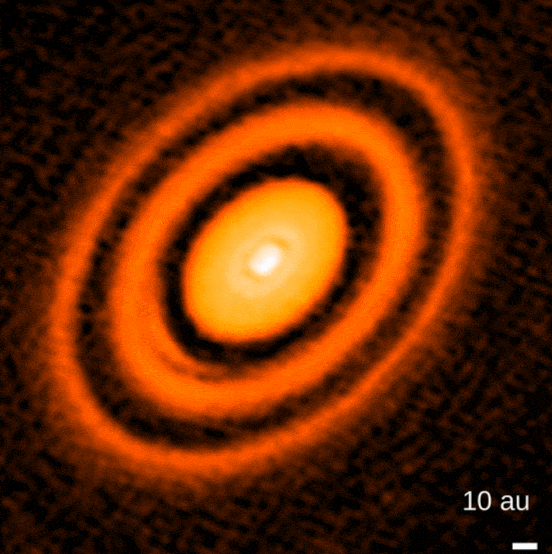How do you weigh a particle that you don’t even know exists?
Dark matter accounts for 85 percent of the mass content of the universe. Researchers call it "dark" because we don't notice anything about it - except for its gravity. However, it can be detected quite well. Without dark matter, galaxies would move differently than they demonstrably do, and the universe would have a different structure. The physicists need the Dumkle materie thus, in order to explain the cosmos. Too bad that they still do not know what it consists of. There are candidates for it: MACHOs (massive compact halo objects), for example, WIMPs (weakly interacting massive particles) and even invisible…

